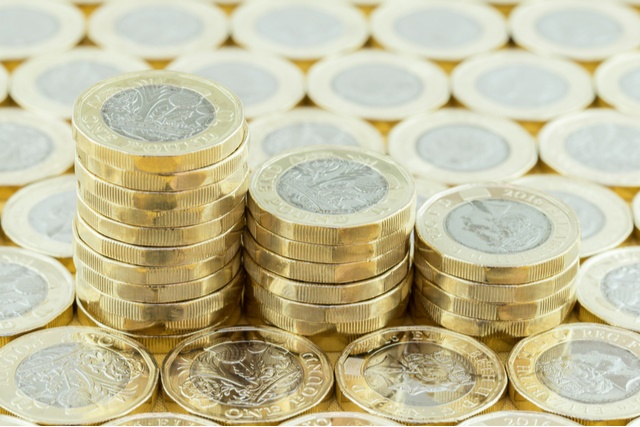GBP/AUD Exchange Rate Rallies on PMI Surprise
The Pound to Australian Dollar (GBP/AUD) exchange rate is trending higher this morning, aided by the publication of some stronger-than-expected PMI figures from the UK.
At the time of writing the GBP/AUD exchange rate is trading at around AU$1.7971, up roughly 0.3% from this morning’s opening rate.
Pound (GBP) Firms as UK Manufacturing PMI Revised High
The Pound (GBP) is on the rise this morning, supported by easing UK-EU vaccine tensions as well as an upwards revision to the UK’s latest manufacturing PMI.
Data published by IHS Markit this morning saw January’s factory PMI revised up from 52.9 to 54.1, but still confirming that manufacturing activity slowed this month after the index struck 57.5 in December.
However, despite the revision to the preliminary figures, analysts remain concerned about the additional headwinds UK manufacturers are facing because of Brexit.
Rob Dobson, Director at IHS Markit, said:
‘Whereas many countries are seeing manufacturers provide a much-needed support to economic growth as the service sector is hit by COVID-19, the UK’s manufacturing sector has come close to stalling. A mixture of harsher COVID-19 restrictions and Brexit led to near-record supply-chain disruptions, lower exports and increased costs.’
Also buoying the Pound this morning is chatter regarding the potential easing of coronavirus restrictions in the UK as new cases continue to steadily fall and the country’s vaccination programme continues to accelerate, with a record 598,389 doses administered on Saturday.
Australian Dollar (AUD) Undermined by Chinese Manufacturing Slowdown
At the same time, the Australian Dollar (AUD) opens this week on the defensive, as the appeal of the currency has been undermined by disappointing Chinese PMI figures.
According to the latest Caixin China General Manufacturing index, factory growth in China slowed to a seven-month low in January, with the index sliding from 53.0 to 51.5.
The slowdown in activity was mostly attributed to the traditional seasonal weakness around the Chinese New Year holiday, as well as subdued overseas demand.
However, analysts have also expressed some concern about how the resurgence of the coronavirus and new lockdown measures in some parts of China are likely affecting activity, and whether sporadic flares up the virus could negatively impact growth going forward.
The data has seen investor appetite for the China-proxy ‘Aussie’ wane this morning, amidst concerns the slowdown could impact demand for Australian exports, which have already been hit by tariffs from Beijing in recent months.


Comments are closed.